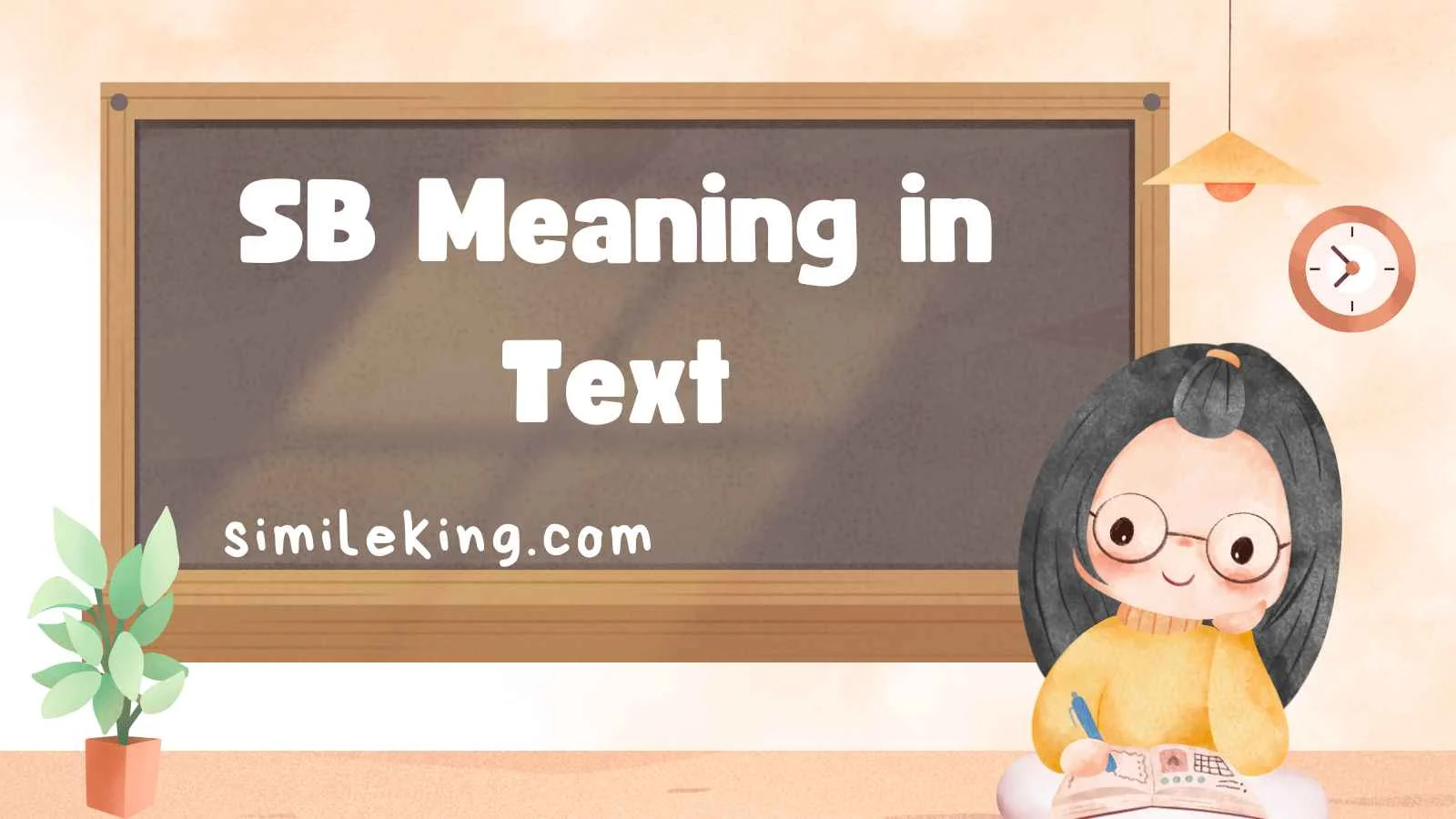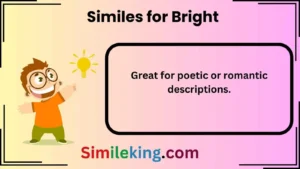Language is constantly evolving, and with the rise of digital communication in 2025, abbreviations and shorthand expressions are more common than ever. One of the most frequently used is “SB”—a two-letter abbreviation that shows up in text messages, social media posts, group chats, and even professional emails.
But what does SB mean in text? Why is it used, and what are the best alternatives depending on tone, context, and audience? This in-depth guide will break down the meaning, origin, and different interpretations of SB, while also providing polite, professional, and casual alternatives to help you communicate clearly and effectively.
What Does SB Mean in Text?
The most common definition of SB in text is “Somebody.”
For example:
- “SB left their bag at my desk.” (meaning “Somebody left their bag at my desk.”)
However, in 2025, SB is also widely used with different meanings depending on context:
- Snap Back – Popular on Snapchat and social media, “SB” can mean “Send me a snap back.”
- Somebody – General casual texting abbreviation.
- Small Business – Common in online forums, business groups, and professional chats.
- Soft Block – Used in online communities to describe a type of unfollow/refollow action.
- Sugar Baby – Appears in certain online dating or lifestyle conversations.
Because “SB” has multiple interpretations, the key to understanding it lies in context.
Why Do People Use SB in Text?
Abbreviations like SB save time, create a sense of informality, and mirror the fast pace of online communication. With most users preferring short, quick messages on apps like WhatsApp, Instagram, and TikTok, abbreviations feel natural.
Main reasons people use SB:
- Convenience – It’s quicker to type two letters than a whole word.
- Tone – Short forms feel casual and friendly.
- Social Media Norms – Abbreviations like SB, TBH, and IMO dominate youth culture online.
- Professional Shortcuts – In business contexts, SB = Small Business.
SB in Different Contexts
Let’s explore how SB changes meaning depending on where it’s used.
1. Casual Texting
- “Can SB bring snacks for tonight?” (Somebody)
- “I’ll SB later, kinda busy rn.” (Snap Back)
2. Social Media
- Snapchat/Instagram: “SB if you want the new streak back.”
- Twitter/X: “Just did a SB to avoid drama.” (Soft Block)
3. Professional Settings
- “Our SB growth has doubled this quarter.” (Small Business)
- “Meeting scheduled for SB support team tomorrow.”
4. Personal/Relationship Conversations
- “She’s looking for an SB arrangement.” (Sugar Baby)
Alternatives to SB in Text
Since SB can be confusing or unclear in different contexts, it’s often better to use alternatives that fit the situation. Below are the best polite, professional, and casual alternatives to SB:
✅ Polite Alternatives
- Someone – More formal than “Somebody.”
- A person – Neutral and clear.
- An individual – Suitable for professional writing.
✅ Professional Alternatives
- Small business – Use the full term to avoid confusion.
- Colleague – If you’re talking about someone in the workplace.
- Team member – More respectful in professional contexts.
✅ Casual Alternatives
- Somebody – The simplest everyday replacement.
- Snap me back – Instead of “SB” on Snapchat.
- Hit me back – A casual slang option.
- Friend – More personal and warm.
How to Choose the Best Alternative
The right alternative depends on tone and audience.
- Formal/professional emails → Use “someone,” “an individual,” or the full “small business.”
- Friendly texting → “Somebody” or “hit me back.”
- Social media/Snapchat → “Snap me back” is clearer than SB.
- Online communities → If you mean “soft block,” it’s best to write it out to avoid confusion.
By matching the alternative to the situation, your communication stays clear, respectful, and effective.
10 Examples of SB in Real-Life Text Conversations
Here are 10 real-world examples showing how SB is used in text with suggested alternatives:
- Text: “SB left their jacket here.”
Alternative: “Somebody left their jacket here.” - Text: “Can SB help me with this report?”
Alternative: “Can someone help me with this report?” - Text: “SB me when you’re free.”
Alternative: “Snap me back when you’re free.” - Text: “Looking to support SB owners this year.”
Alternative: “Looking to support small business owners this year.” - Text: “He did a SB on Twitter yesterday.”
Alternative: “He soft-blocked me on Twitter yesterday.” - Text: “SB took my charger again 😒”
Alternative: “Somebody took my charger again 😒” - Text: “Join our SB networking event.”
Alternative: “Join our small business networking event.” - Text: “She’s looking for an SB.”
Alternative: “She’s looking for a sugar baby arrangement.” - Text: “SB pls bring snacks tonight.”
Alternative: “Somebody please bring snacks tonight.” - Text: “Gonna SB you later.”
Alternative: “I’ll snap you back later.”
Why Clarity Matters in 2025 Communication
With the explosion of AI-driven messaging apps, global business networking, and cross-cultural communication, abbreviations like SB can easily be misunderstood.
For example, someone in a business setting might interpret SB as “small business,” while a teenager on Snapchat reads it as “snap back.” Miscommunication can lead to confusion—or even awkward moments.
This is why choosing clear alternatives is often the best approach, especially in professional or cross-cultural conversations.
Final Thoughts
In 2025, SB in text remains one of the most versatile abbreviations, meaning anything from somebody to snap back, small business, or even soft block depending on the context. While convenient, it can also be ambiguous, making alternatives like someone, small business, snap me back, or soft block more effective in ensuring clarity.
By understanding context, tone, and audience, you can choose the right expression every time—whether you’re texting a friend, posting on social media, or writing in a professional setting.





